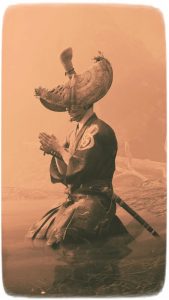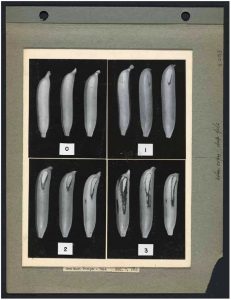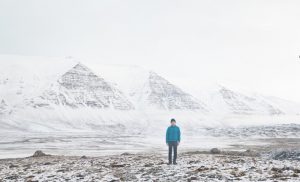Photography Off the Scale: Technologies and Theories of the Mass Image, edited by Tomáš Dvořák and Jussi Parikka. Part of the Technicities book series published by Edinburgh University Press.
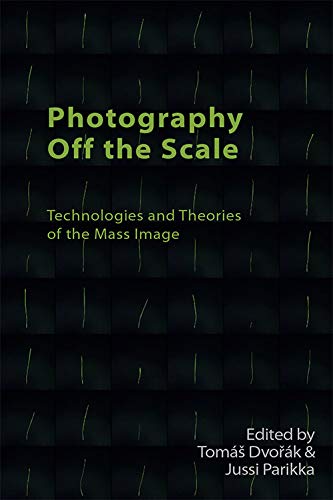 The book is a selection of essays that address the epistemological, aesthetic and political implications of various forms of scaling in both scholarly and artistic work. From the mass image in vernacular culture to transformations of photography in contexts of big data and artificial intelligence, they explore the massification of photography. They propose a shift into a fundamental re-evaluation of our theoretical coordinates so as to understand the underpinning media and culture of this change.
The book is a selection of essays that address the epistemological, aesthetic and political implications of various forms of scaling in both scholarly and artistic work. From the mass image in vernacular culture to transformations of photography in contexts of big data and artificial intelligence, they explore the massification of photography. They propose a shift into a fundamental re-evaluation of our theoretical coordinates so as to understand the underpinning media and culture of this change.
Photos from historical archives, shots we mindlessly upload on online platforms or abandon on the cloud, images from surveillance systems, medical body scans, machine-readable-only images, etc. No matter where they come from and who/what made them, photographs are now often described using terms that evoke a relentless deluge, an avalanche so unmanageable that the whole photographic discipline is sometimes accused of making the world more opaque and confusing than ever.
This book swiftly sidesteps the banalities and prejudices about drowning in billions of images and goes straight to investigating the role and importance of scale and mass quantity in contemporary photographic and visual culture. The authors of the essays also probe into the impact that this focus on scale has on politics, subjectivity, perception of climate emergency, social practices and technological processes.
The breadth of the research is extraordinary. The contributors to the book scrutinise the mundane and the exceptional, the terrestrial and the vernacular, the obsolete and the futuristic. Photography Off the Scale made me revisit everything I thought I knew about big data, digital culture, automated systems, data visualisation and new forms of creativity.
Here’s a super quick, super superficial outline of some of the essays I found particularly eye-opening:
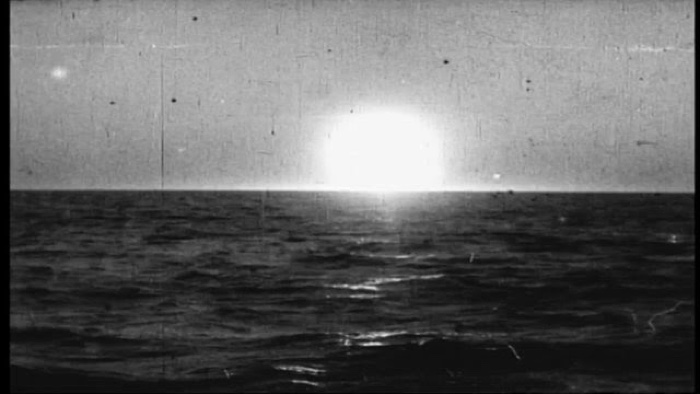
Susan Schuppli, Can the Sun Lie?, 2014
Lukáš Likavčan and Paul Heinicker‘s text looks at autographic visualisations, where Earth phenomena and life become legible as forensic traces, from tree rings to ice-core samples, from inscriptions to the flow of wind to other physical patterns.
The scholars argue that this autographic feature reveals itself at a planetary scale under the conditions of climate emergency. Extensive environmental disasters, extreme weather patterns are visually revealing forms of slow violence as well as profound Earth-system changes that cannot be adequately visualised in computational models. The autographic theory of climate crisis thus proposes a reading of the Earth as an ever-changing archive that reveals and documents its own transformations.
Likavčan and Heinicker also note that our visualisations of the Earth are eating the Earth at the same time they capture it:
“To see the ageing of the tree diagrammed in the tree rings, we cut the tree. To see the planetary dynamics, we set the planet on fire.“
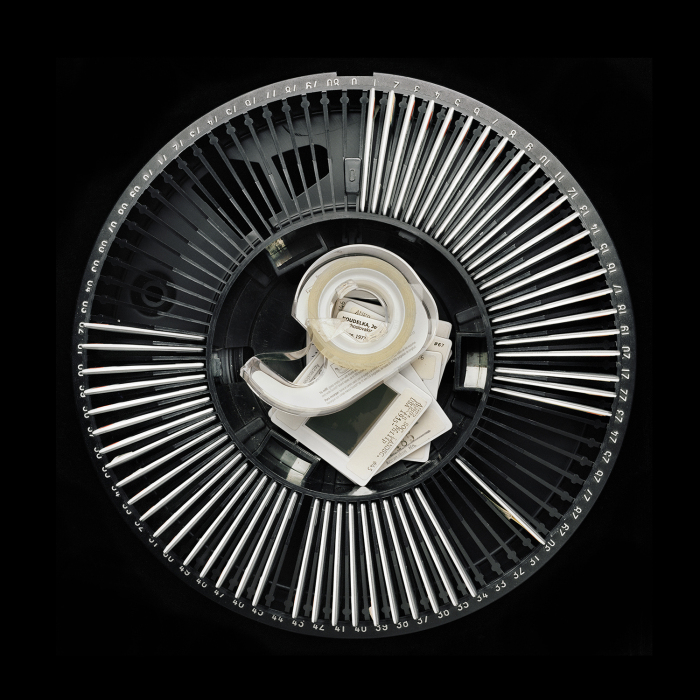
Susan Dobson, Antiquarian Avant-Garde, 2018
Over the last decade or so, former slide libraries serving art history departments across Europe and North America have been streamlining or even entirely disposed of their pedagogical -now obsolete- slides. Nearly half the institutions surveyed had donated their slides to artists who have used them in their projects. Annebella Pollen discusses the repurposing of these slide libraries as metapictorial devices (a metapicture being a picture used to reflect on the nature of pictures.) Using examples of artworks that use vast amounts of individual slides, she demonstrates how these installations and photographs not only breathe new life into materials that would otherwise be discarded but also how they speak of the anxiety that surrounds photographic masses and out-of-date media.
Michal Šimůnek addresses Lomography’s ambition (and failure) to act as a subversive ‘analogue’ resistance to the images flooding mainstream digital visual culture. The researcher argues that, in spite of Lomography careful construction of imperfections in the images it helps generate, the millions of Lomographs shared on the Lomography photo-sharing site fall short of being what Ernst Van Alphen calls failed images, images that are deviant, that fail to meet generally accepted and socially determined expectations of what is a photograph.
Ben Grosser, Computers Watching Movies (The Matrix), 2013
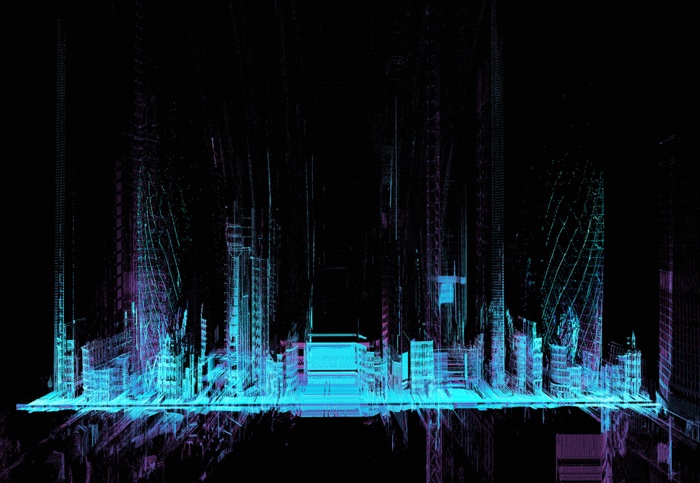
ScanLAB, Dream Life of Driverless Cars, 2015. Photo: TNYT
Jussi Parikka’s chapter examines images created not with ‘cameras’ but through sensors. From early 19th century’s discoveries such as the infrared and ultraviolet up to today’s lidar use for the navigation of autonomous vehicles, these forms of nonhuman photography are continuously mapping spaces and forming images.
The media theorist uses artistic works that ponder upon images that emerge and operate within the non-visible spectrum of pulse and light, and that try to reveal how images make sense outside the scope of human vision.
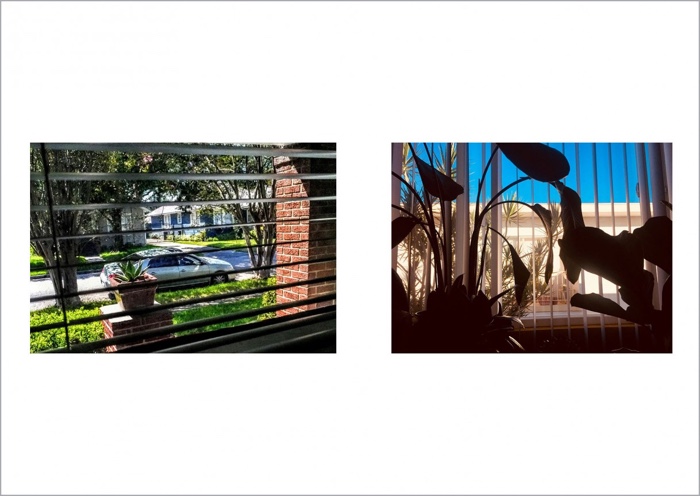
Joanna Zylinska, Still from View from the Window, 2018
Joanna Zylinska uses View from the Window, an (un)photographic project that engaged with Mechanical Turk (MTurk) workers to explore the relationship between artificial intelligence and mechanical image-making and the impact it has on our understanding of creativity and labour.
Michelle Henning reflects on the value of social media photography when inserted in a ‘blended’ writing system that also includes text and emoji and conveys mood and emotional states. She explains how this companionship with other media for communication has eroded the expected objective, affectless dimension of photography and turned it into an actor of almost exclusively emotive and expressive discourse. As such, photos participate in a movement of appropriation and monetisation of affective relationships.
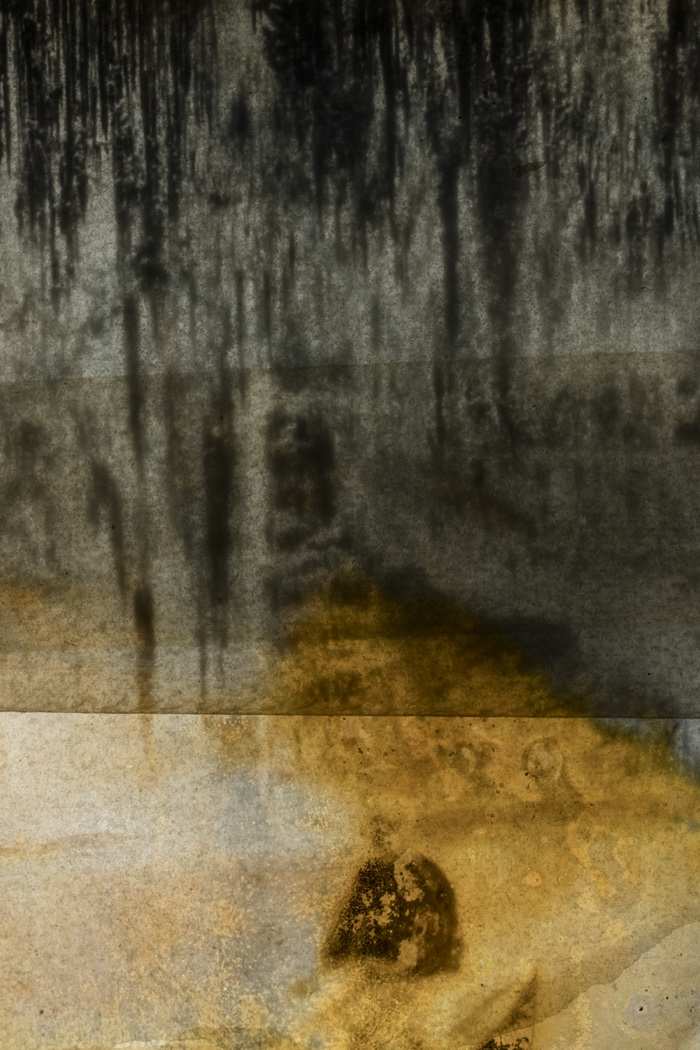
Joan Fontcuberta, Trauma #2862, 2016
The book closes on a little gem: an exchange of letters between Spanish artist Joan Fontcuberta and Australian theorist and historian Geoffrey Batchen. Debating over intellectual hooliganism, degrowth theory, the desacralisation of images brought by visual saturation, the fate of the professional photographer, the changing nature of our relationship with images, etc. It’s absorbing, deep, dark but also often joyful.
Related stories: Book review: Nonhuman Photography and Training Humans. How machines see and judge us.


